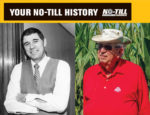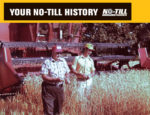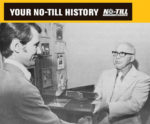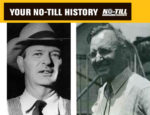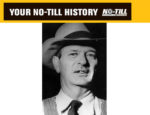Advertise Follow Us
No-Till History
As weed-control products came of age in the decades after World War II, no-tillage was given a chance to become a viable practice.
Read More
From The Archives: No-Till Gets More Attention Among Soil Conservationists
(August 1982 No-Till Farmer)
Read More
‘Outsiders’ in D.C. Moved No-Till Forward
Two no-tillers — Peter Myers and Bill Richards — brought credibility and trust to Washington, D.C., as they charted a transition for U.S. farmers.
Read More
No-Till Farmer’s ‘History of No-Tillage’ Museum
Attendees at the 30th Annual National No-Tillage Conference in Louisville experienced an all-new ‘walking tour’ of no-tillage history.
Read More
University Researchers Battle Over No-Till ‘Fad’
Late Allis-Chalmers’ marketing exec recalls the opposition no-till faced as its champions tried to gain ground in the practice’s adoption.
Read More
Timeline of the No-Till Revolution
Thousands of small but compounding victories spurred no-till’s growth from 0 to 110 million acres in 60 years.
Read More
Squaring Away Generational Differences on the Plow
The great-grandson of Walter T. Jack provides a personal yet conflicted history on the famed debate that defended and condemned the plow.
Read More


